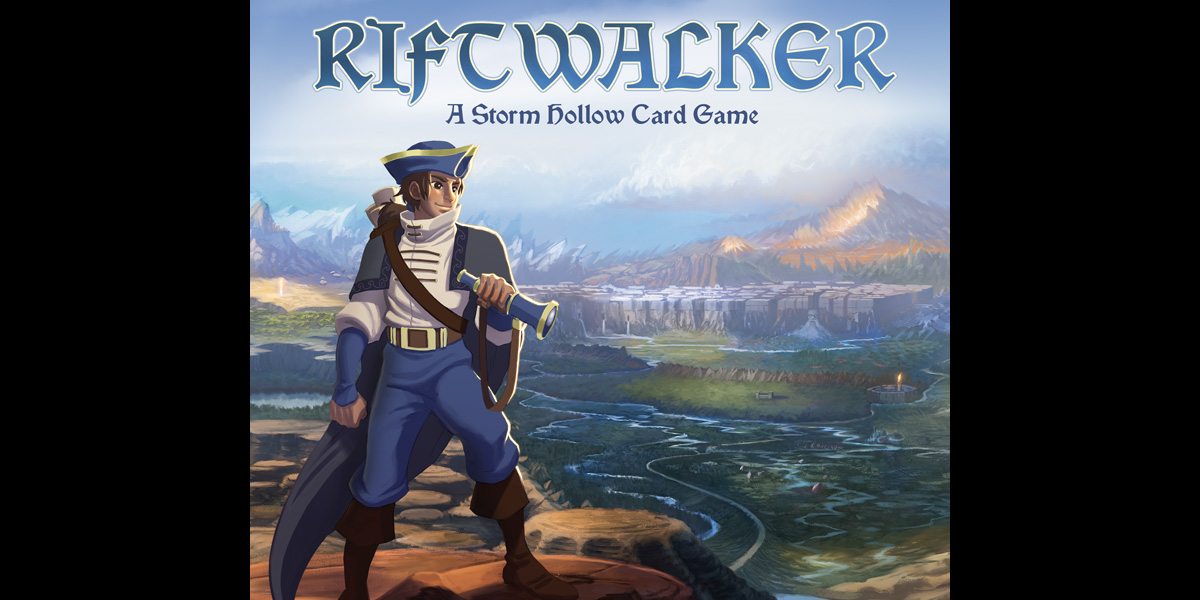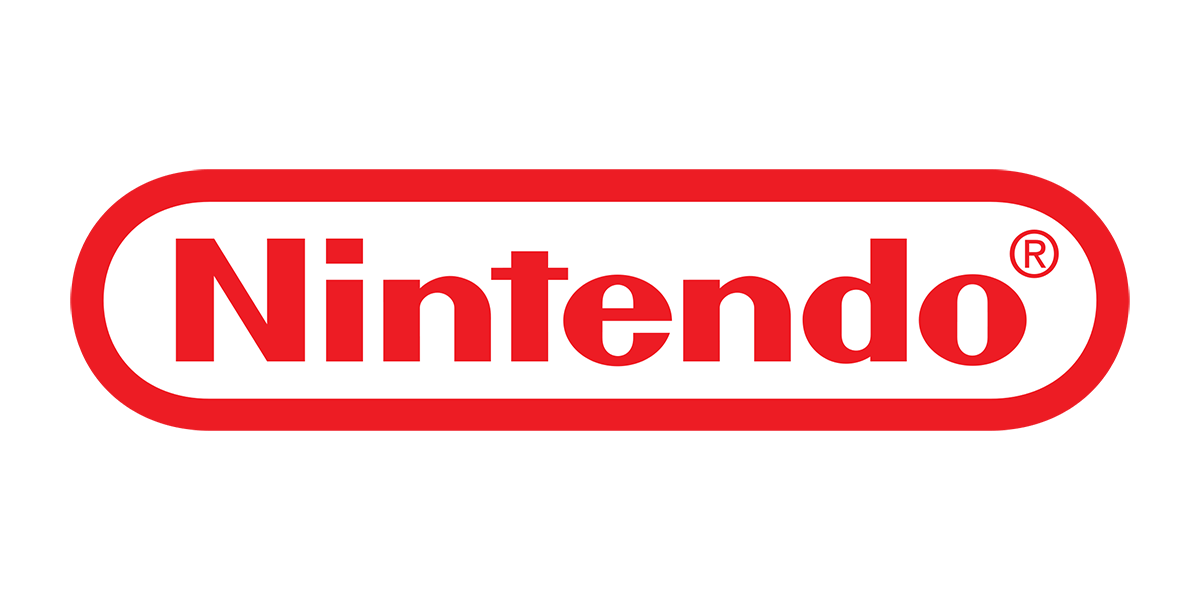In “Reaping the Rewards,” I take a look at the finished product from a crowdfunding campaign. Today I’m looking at Riftwalker, which was funded on Kickstarter in March 2016 and delivered to backers in November 2016. This review is based on my original Kickstarter Tabletop Alert, updated to reflect final component quality.
At a glance: Riftwalker is for 2 to 4 players, ages 13 and up, and takes 30-45 minutes to play. It retails for $20 and is available in stores and online, including directly from the publisher, Game Salute. The game rules are fairly simple, but the card interactions can get complicated, so I think kids as young as 10 could play if they have some experience with card games like Magic: The Gathering.
Components:
- 15 Element cards
- 52 Rift cards
- 4 Score Pile cards
- 4 Reference cards
The element cards represent the six different elements of Storm Hollow: water, wind, fire, earth, life, and storm. Each card has two different elements on the front and back, with a small index in two corners indicating which element is on the reverse.

Each of the rift cards has a name showing what location (or “rift”) it is from in Storm Hollow, and an ability. Most also have an associated element–there are a couple that have two elements, and the Shadowlands has the Dark element, but those are exceptions. Some cards also have bonus points or additional effects. The rifts also have points (usually 3 and 7) printed on two of the edges, so that they will show when you rotate the card. One tricky thing, though, is that as you shift a rift card, the ability text will be sideways or upside-down, which can make it a little hard to see all of your available abilities at a glance. My biggest complaint is that on some of the Rift cards, there’s bonus point text that is pretty small and can be hard to read, particularly depending on the combination of background image and text outline color.
The artwork is taken from the locations and scenes from the Storm Hollow game, and it’s beautiful, though in this game they’re at a smaller scale. The elements cards are bright and colorful, and all of the elements also have distinct icons so it’s color-blind friendly.

The artwork and design on the prototype was 90% finished, so the finished game looks very similar to my photos from last year. The primary changes were the addition of the score pile cards and reference cards, and the finished rule book.
The game comes in one of Game Salute’s small square boxes (just under 6″ square), though if you’re traveling with it you could ditch the box and just take the cards as long as you remember the setup and end-game conditions.
How to Play
There is a print and play available for download if you’d like to give it a try before you buy. (Note that this PnP was from the Kickstarter, so some cards may have been updated.)
The goal of the game is to score the most points by exploring, shifting, and bursting rifts.
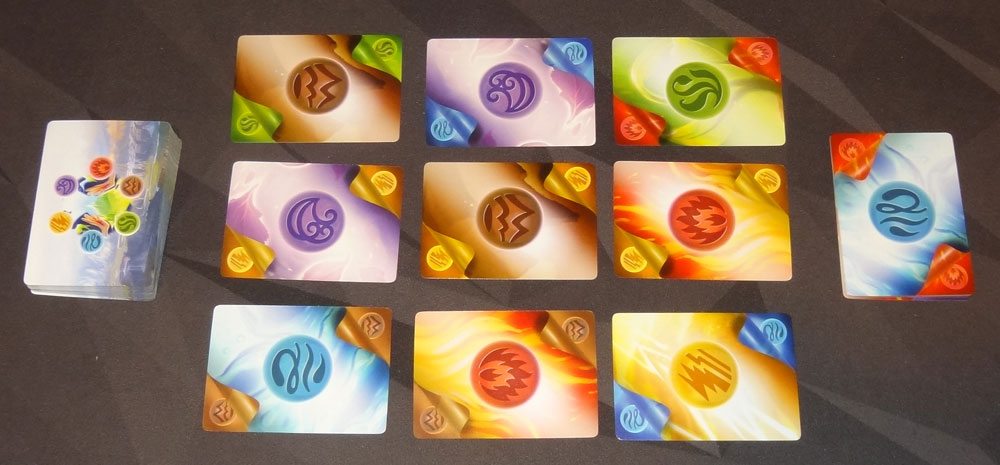
To set up, shuffle the element cards and lay out a 3 x 3 grid. The remaining element cards are set to the side as the element deck. Shuffle the rift cards and deal 3 to each player, and then set the rest to the side as the rift deck. Pick a starting player, and play proceeds clockwise.
On your turn, you take the following steps: Element, Rift, Burst, Refresh.
Element: You’ll choose an element you want to use in the Rift step, and either flip or place it. To flip, you pick the element you want on the grid and flip it face-down. To place, take the top card from the elements deck and place it anywhere in the grid with the element you want to use face-up, and put the replaced card at the bottom of the deck.
Rift: Explore or shift a rift using the chosen element. Explore by putting a matching rift from your hand face-up on the table in front of you. Shift by rotating one of your explored rifts clockwise, increasing the number of points showing. Finally, whether you explored or shifted a rift, you now activate its ability.
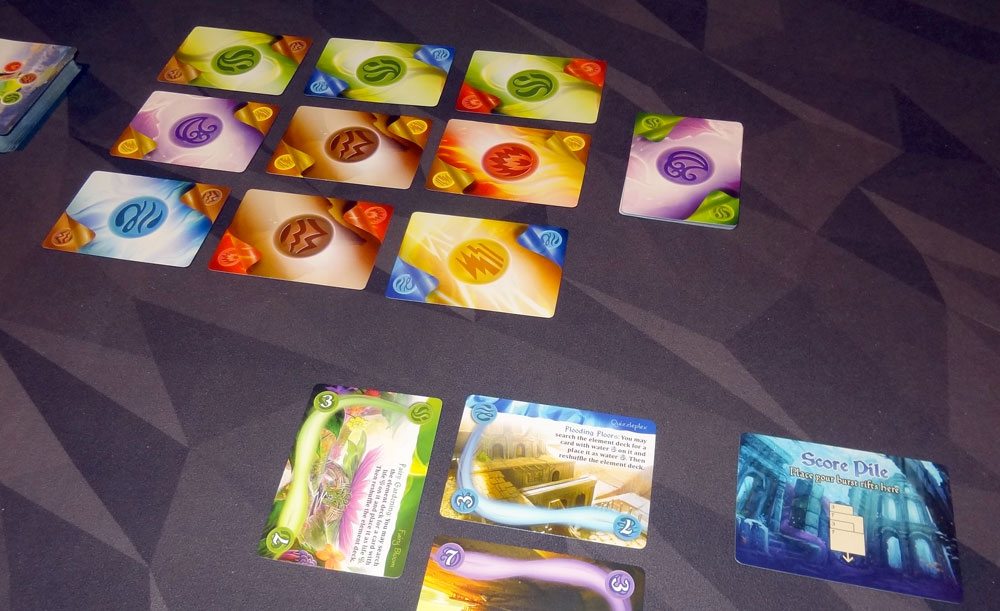
Burst: Check the elements grid to see if there are three of the same element in a row (horizontally, vertically, or diagonally). If so, you may burst one of your rifts of that element, as long as it has been shifted at least once. Place the rift into your scoring pile, keeping its orientation so you know how many points it is worth.
Refresh: Discard any number of rift cards from your hand to the bottom of the deck and draw back up to 3 cards.
The game ends when there are no cards left in the rift deck at the end of somebody’s turn, or when a player has burst a set number of rifts (based on the number of players). Each of the other players gets one more turns, and then the game ends. Add up the values of your burst rifts in your scoring pile, plus any bonus points earned. Highest score wins, with ties broken by most rifts burst.
The Verdict
Full disclosure: the designers of Riftwalker, Angie Hickman-Newnham and Julian Leiberan-Titus, are friends of mine, and I helped edit the cards and rulebook for the game. I met them in 2012 when they were demoing their RPG-board game hybrid, Storm Hollow, and have gotten to know them over the years, eventually heading up the editing team for Storm Hollow.
Riftwalker is set in the world of Storm Hollow, a world made up of various rifts, territories that have been torn from other worlds. A Riftwalker is one of the types of heroes who has a sense of the land and can read its secrets, manipulating the elements to unlock bursts of power.
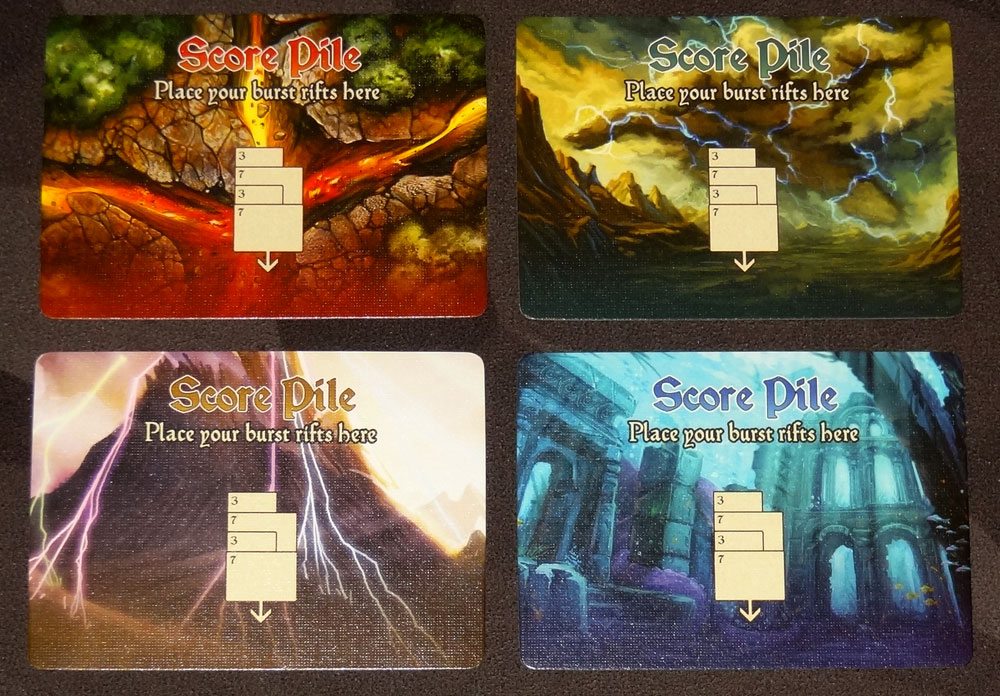
Riftwalker mixes a “match-three” mechanic with card combos, making for a quick game that can allow for various approaches to victory.
When you’re exploring rifts at first, you don’t really care about the overall state of the grid as much, because you just need a single card of the element you want to use. But when you’ve shifted a rift and are ready to score, then you really need to be able to get that three-in-a-row set up. Some rift abilities will help you with this, because your Element phase only allows you to change a single card; rift abilities may allow you to place another element of a particular type, or swap cards around, getting things in place.
One interesting thing about the Element phase is that if you flip an element to use it, the element you just used is now face-down and no longer available for a burst. That makes it slightly harder to shift and burst the same rift in one turn. Placing an element from the deck will add to the number, but is dependent on whatever the top card is. Again, quite often you’ll be relying on your rift abilities to get those elements into the right spots.
Once you’ve burst an element, though, that existing three-in-a-row doesn’t go away. That means that if you set up a line of Earth cards and burst a rift, your opponents have a chance to burst Earth rifts as well on their turns if they don’t disturb those cards. That may inform your strategy about which rifts to choose, so that you don’t unintentionally help your opponents score too often.
The rift abilities are tied to their elements–each element has a particular strength and type of ability. There’s a nice explanation of the themes of the elements in this Kickstarter update. I like that each element has its own focus, allowing you to decide which strategy to pursue–plus, the “refresh” stage at the end of your turn gives you a chance to swap out cards you don’t want to look for ones that match your strategy.
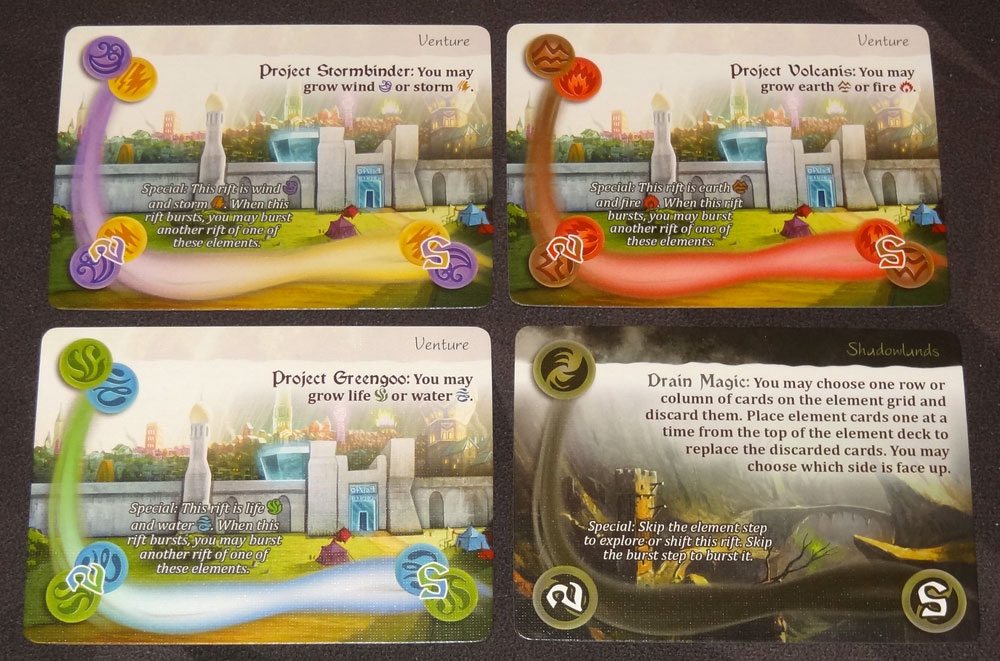
When I wrote my original review, I said I thought Riftwalker was a medium-weight game; the gameplay is not too difficult, and can be taught pretty quickly. However, I do think there can be some complexity in how the rifts interact with each other, making it a bit weightier than it appears. Once there are a lot of explored rifts on the table, it can be easy to suffer from analysis paralysis. For instance, one rift’s ability is to copy the ability of any explored rift on the table–it’s powerful, but it can slow down the game while you sit and look at everyone’s rifts. (Note: most abilities are not like this, but there are many abilities that do chain together with other rifts.) There is a luck factor in what rifts you draw, but being able to figure out optimal combinations of rifts is a big part of the strategy. As with many card games, knowing what types of cards are available in the deck is also important, and the game rewards multiple plays as you become more experienced.
Each card’s ability can usually only be used three times–once when you explore and two more times when you shift it–before it must be burst and put into your score pile. You have to keep in mind that it’s not just about exploring a bunch of rifts, but getting them shifted and into your scoring pile before the game is over. You have to decide whether it’s better to score quickly (and hit the target number) with lower-scoring rifts, hoping that your opponents can’t catch up, or whether it’s worth taking the time to shift up to 7 points before bursting a rift.
I like how Riftwalker has turned out. It’s a beautiful game to look at, thanks to all of the artwork that was created for Storm Hollow under Dann May’s art direction, and I love playing with card combos and building out tableaus. It’s a big game in a small box—fun, and with a variety of tactics.
Disclosure: I received a review copy of this game.
